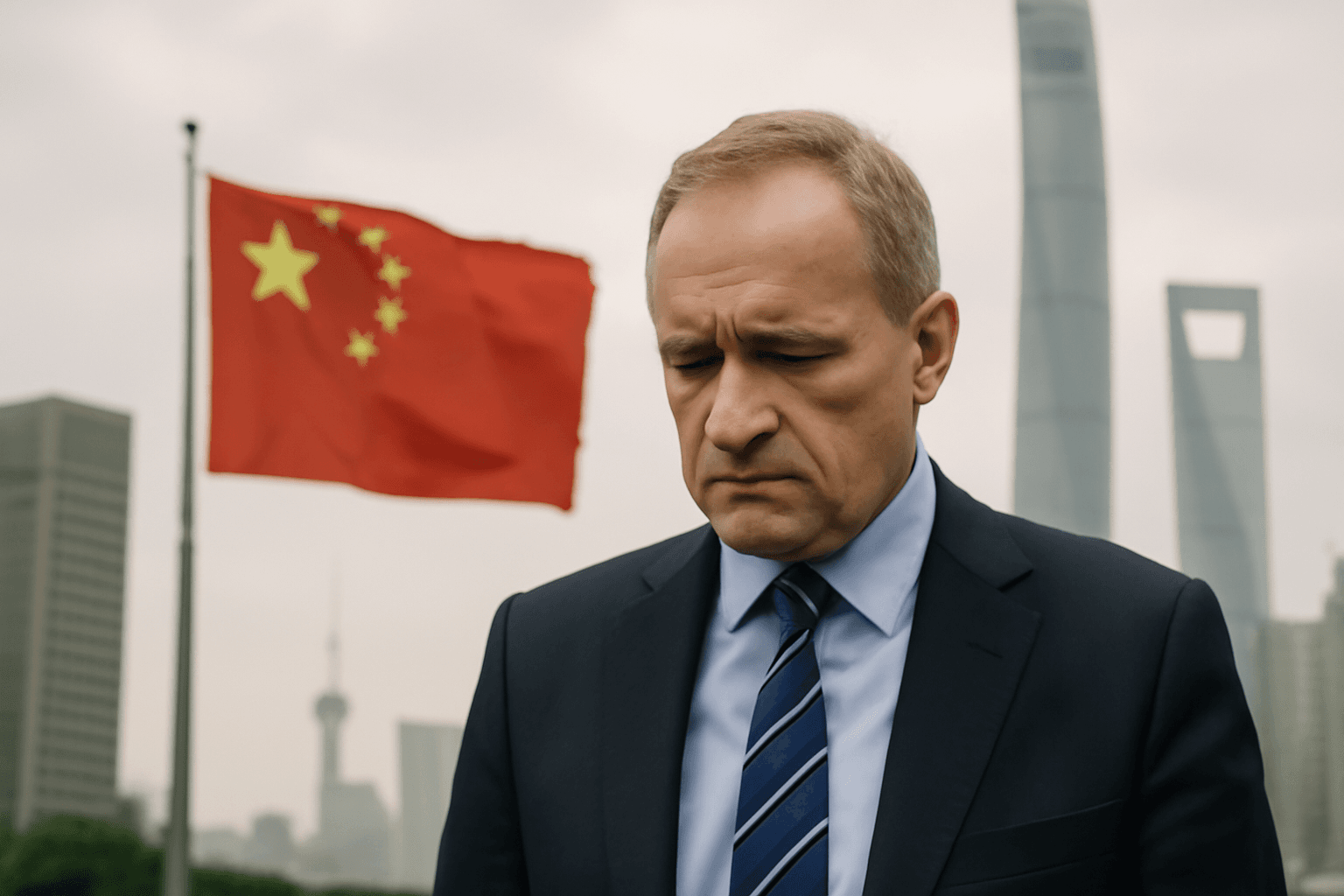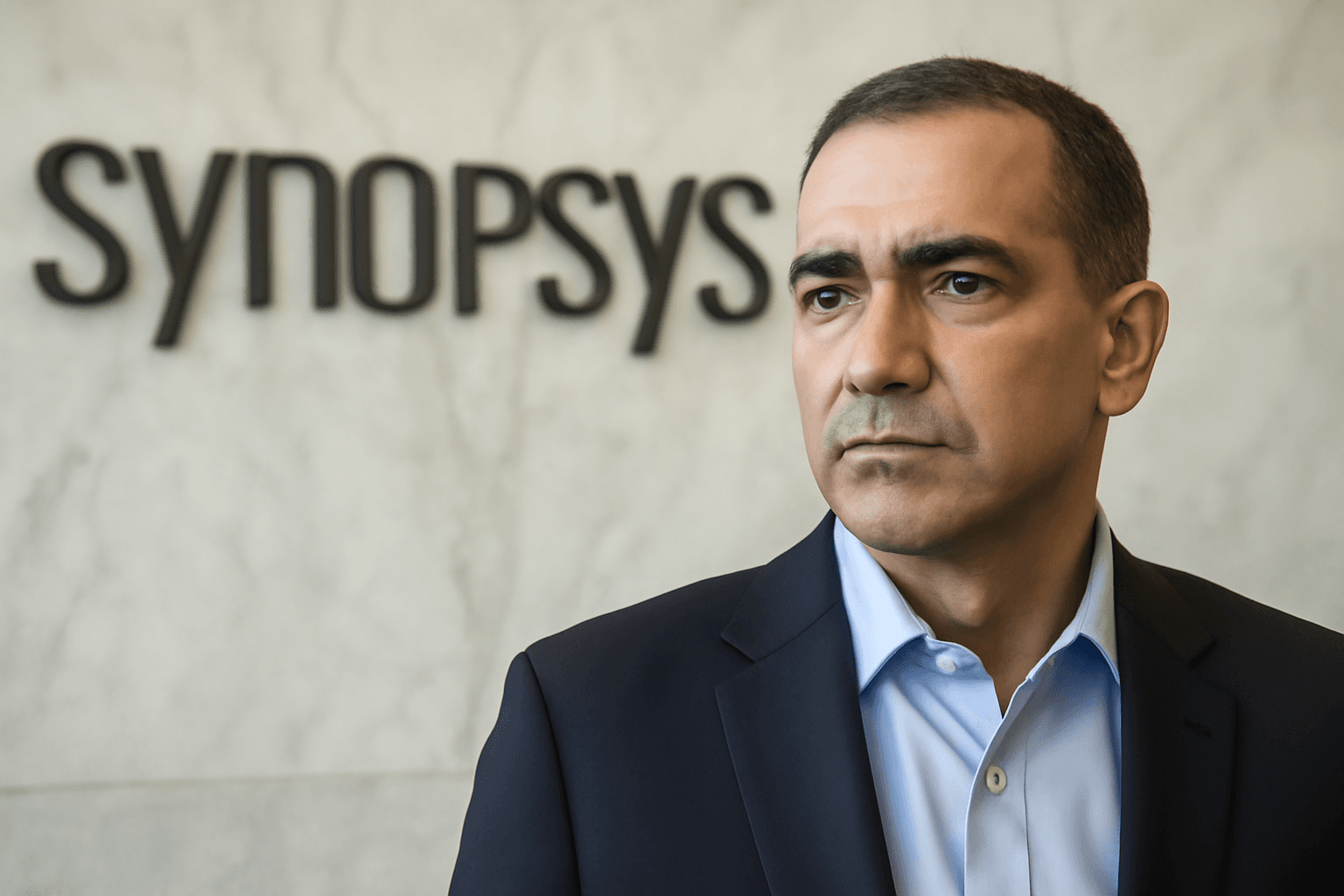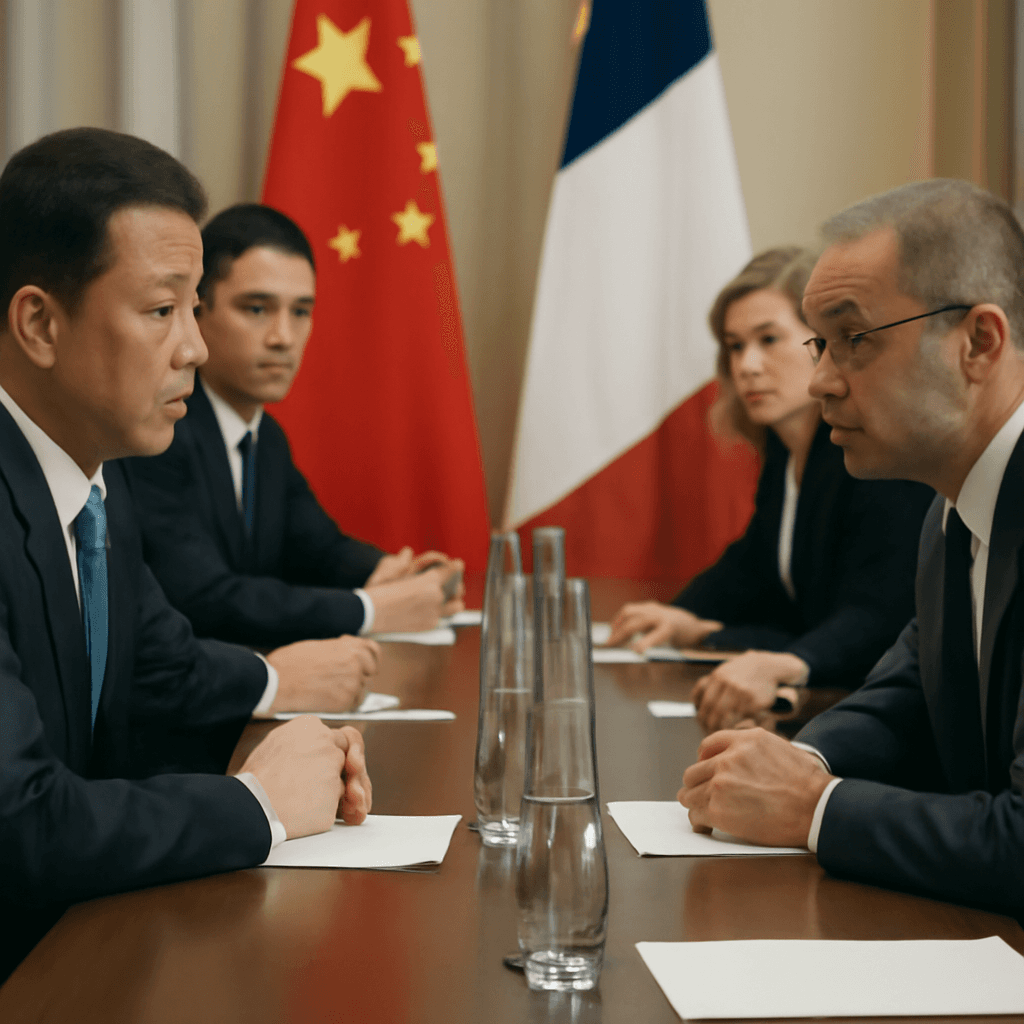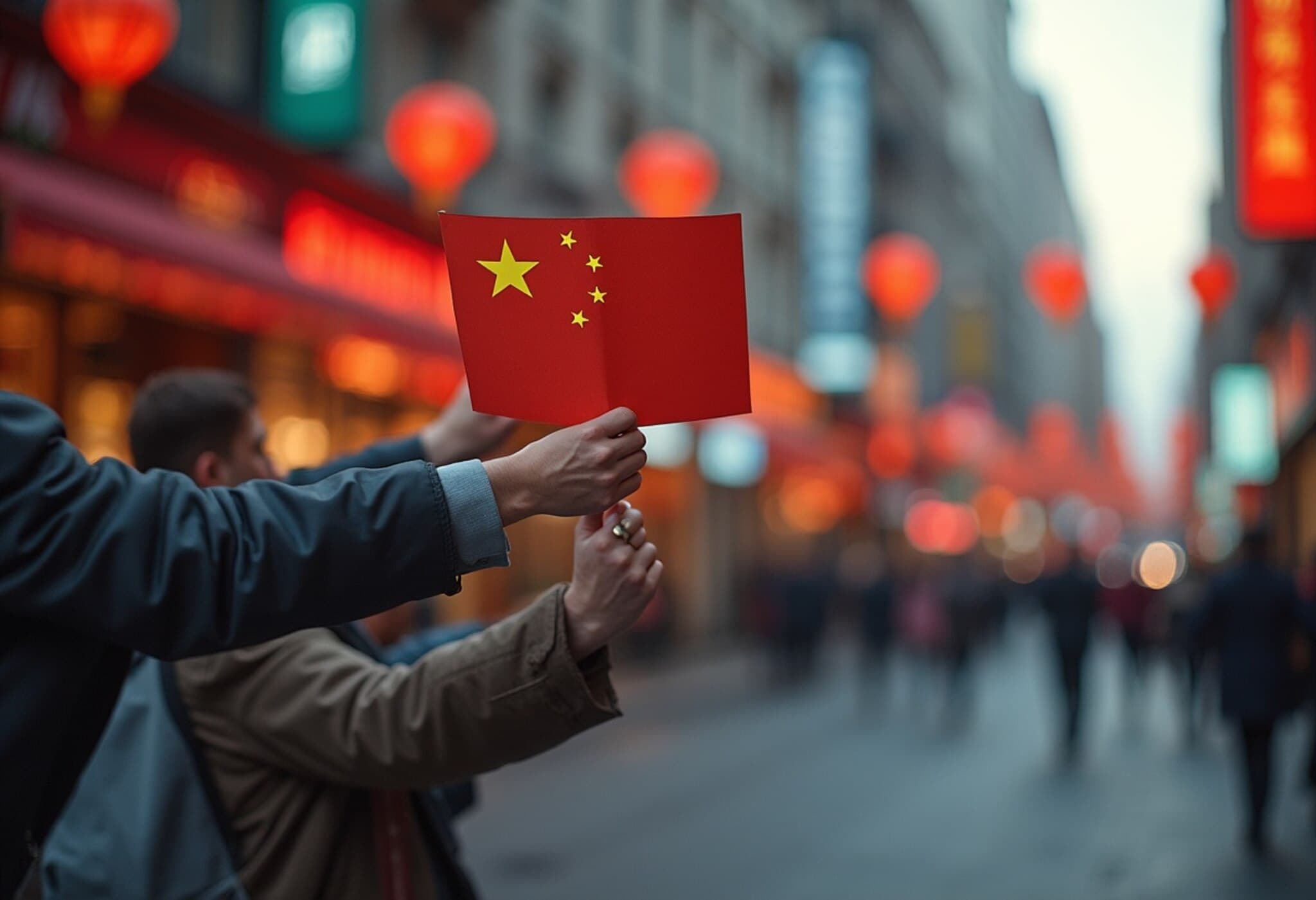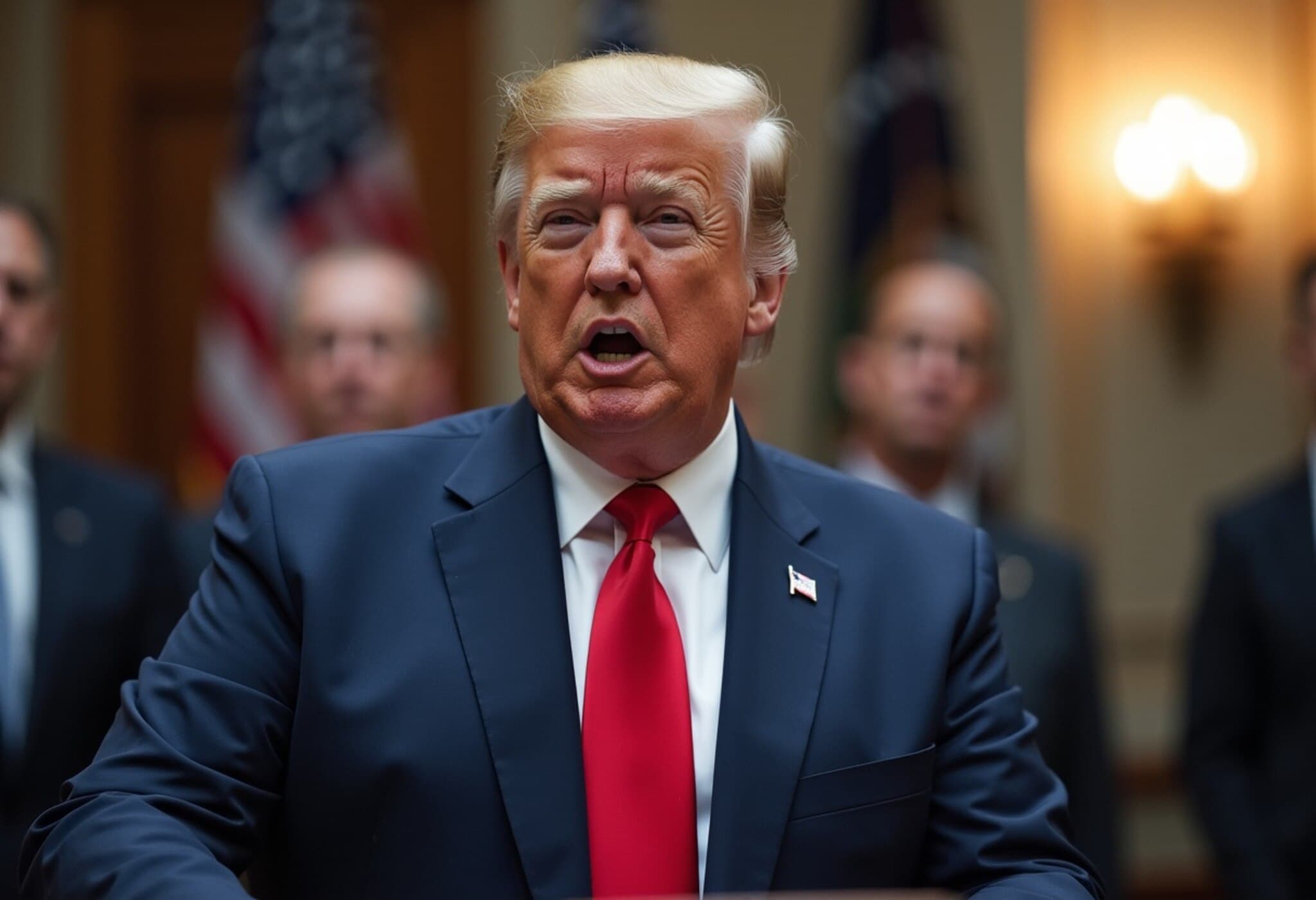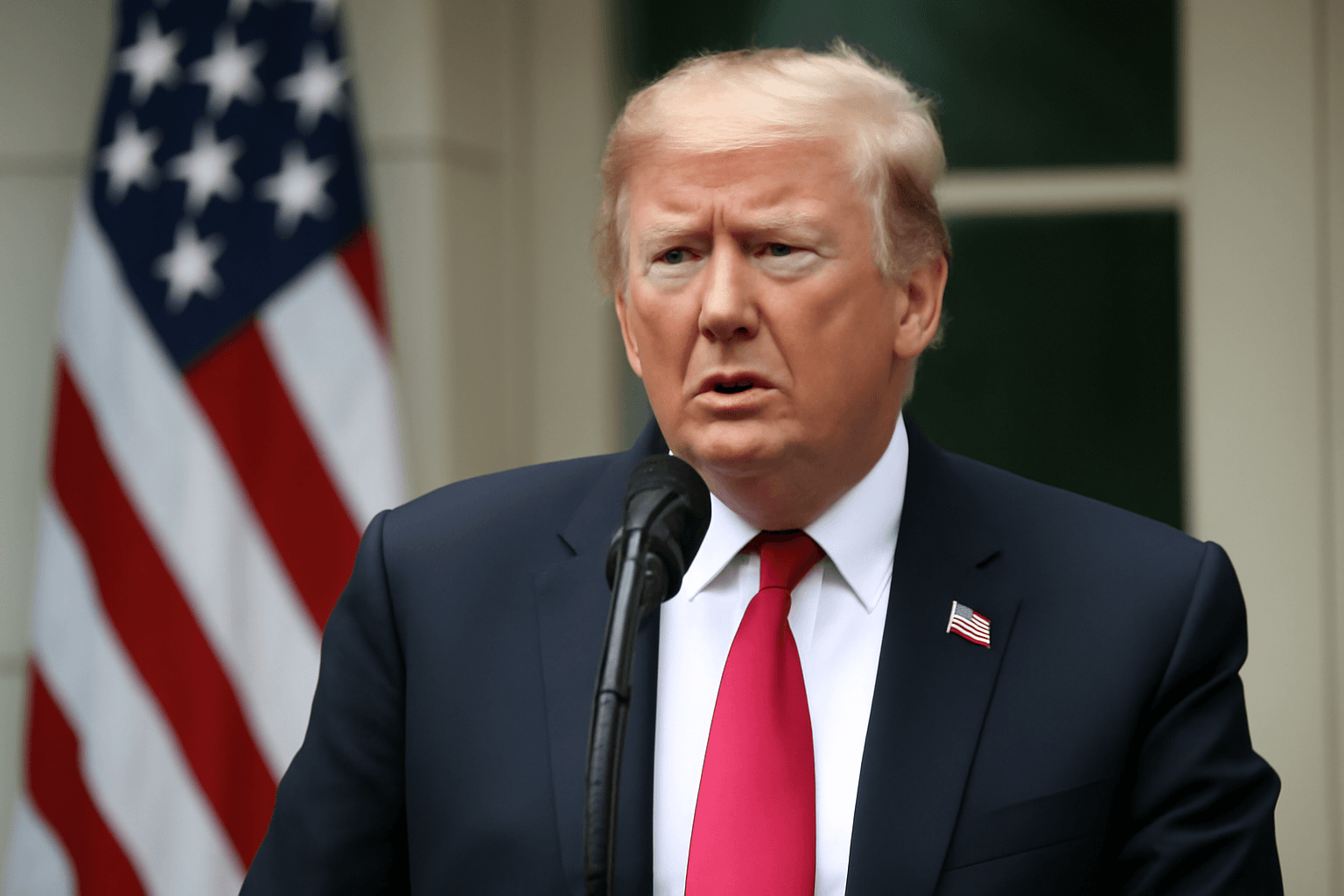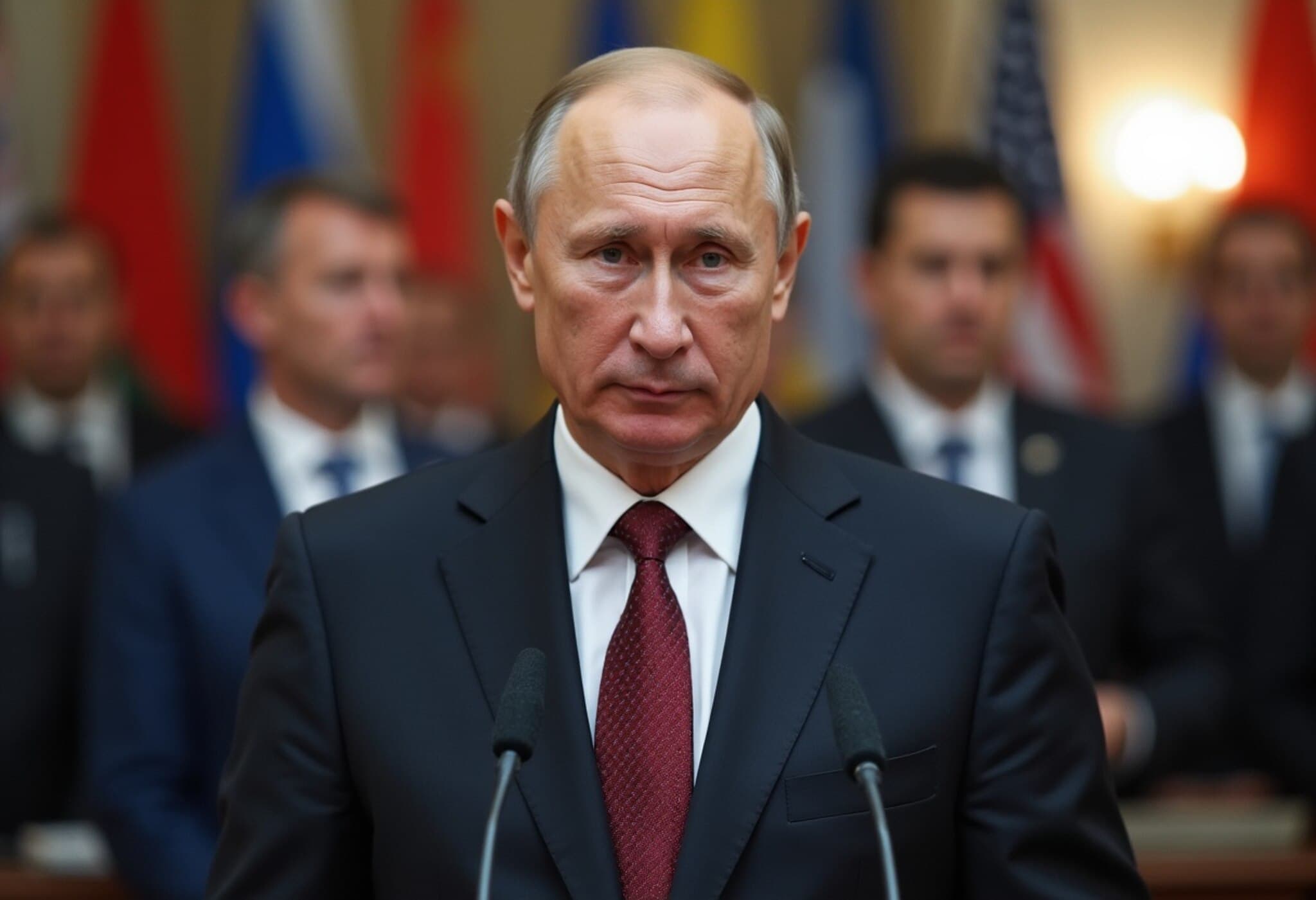Switzerland Confronts Unexpected 39% Tariff from U.S., Sending Shockwaves Through Export-Driven Economy
On August 1, 2025, Swiss businesses and policymakers were jolted awake—not by their national holiday celebrations—but by the startling announcement that the United States is poised to impose a 39% import tariff on Swiss goods starting August 7. This tariff rate ranks among the highest ever placed on a trading partner, stirring deep concern across Switzerland’s export-reliant landscape and threatening thousands of manufacturing jobs.
Why This Tariff Comes as a Shock
For months, Swiss media and trade observers anticipated a negotiated deal resembling those France, Germany, and the UK recently secured with Washington, where tariffs ranged between 10% and 15%. Instead, Switzerland has been slapped with a punitive 39% tariff—sending ripples through one of the world’s most open economies where roughly one in every six exported products heads to the U.S.
Earlier relief came in April when initial plans for a 31% tariff were temporarily downgraded to a 10% interim rate. Yet late Thursday announcements confirmed that, without a finalized trade agreement, these steep new tariffs will take effect imminently.
Economic Repercussions: A Nation at Risk
The stakes could hardly be higher. Switzerland’s diverse exports—ranging from luxury watches and fine chocolate to pharmaceuticals and advanced electronics—stand vulnerable. Swissmem, the nation’s leading manufacturing association, warned that such a tariff would strike a "devastating" blow to tech industries and the wider economy; approximately 50% of Switzerland's GDP benefits directly from foreign trade.
Stefan Brupbacher, Swissmem’s director, spoke for many CEOs in calling the U.S. decision "arbitrary" and a threat to tens of thousands of jobs, accentuating fears of factory shutdowns and economic contraction.
Financial Markets React and Currency Implications
With Switzerland’s stock market closed for its national holiday, investors watched nervously as stocks like Richemont—renowned for luxury brands including Cartier—plummeted nearly 9% in early London trading. Other multinational Swiss firms face similar headwinds.
The Swiss franc weakened modestly by 0.4% against the U.S. dollar as traders factored in the tariff uncertainty. This contrasts the franc’s strong performance year-to-date, having surged 11% as a safe haven amidst global volatility. The currency rally previously contributed to deflationary pressures, prompting the Swiss National Bank to adjust monetary policy.
Government and Expert Perspectives: Navigating Troubled Waters
Switzerland’s federal council publicly lamented the U.S.’s "unilateral additional tariffs," emphasizing ongoing efforts to reach a negotiated solution. Meanwhile, economic experts forecast a potential 0.6% drop in Swiss GDP if tariffs remain unchanged—possibly more severe if pharmaceutical exports, crucial to the Swiss economy, get caught in the crossfire.
Adrian Prettejohn, Europe economist at Capital Economics, highlighted that although the tariff outlook is grim, there remains hope for last-minute negotiations that could temper the final terms.
Trade Relations and the Road Ahead
Rahul Sahgal, CEO of the Swiss-American Chamber of Commerce, offered a cautiously optimistic view. Noting that the executive order explicitly allows some flexibility if negotiations continue, Sahgal urged stakeholders to view the tariff imposition not as an endpoint but as a hurdle in ongoing talks.
Switzerland is reportedly preparing to pledge investments upward of $150 billion in the U.S., a substantial figure relative to its population of nine million. This reflects a critical dynamic: while the U.S.-Swiss trade in goods shows an imbalance—one side often points to service trade to make a fuller picture—the smaller Swiss market cannot realistically close the goods trade gap simply through consumer demand.
Broader Context and Policy Implications
- The tariffs continue a pattern of unilateral U.S. trade actions that upend traditional alliances and economic expectations.
- Switzerland’s experience underscores vulnerabilities faced by small, export-dependent countries navigating superpower trade tensions.
- This dispute raises urgent questions about the future of multilateral trade norms and the role of negotiated frameworks in preserving economic stability.
As negotiations unfold, attention will focus on how Switzerland balances pragmatism and defending its economic interests, a case study with ripple effects for global trade governance.
Editor’s Note
The sudden imposition of a 39% U.S. tariff on Swiss imports reveals the fragile nature of international trade relations in an era marked by unpredictability and geopolitical friction. Beyond the immediate financial hits, this development prompts critical reflection on how small economies can safeguard their industries while engaging with larger powers. Will last-minute negotiations restore a semblance of normalcy, or is Switzerland’s experience a harbinger of more entrenched trade fragmentation? Stakeholders and observers alike should watch closely for the outcomes of these unfolding talks.



